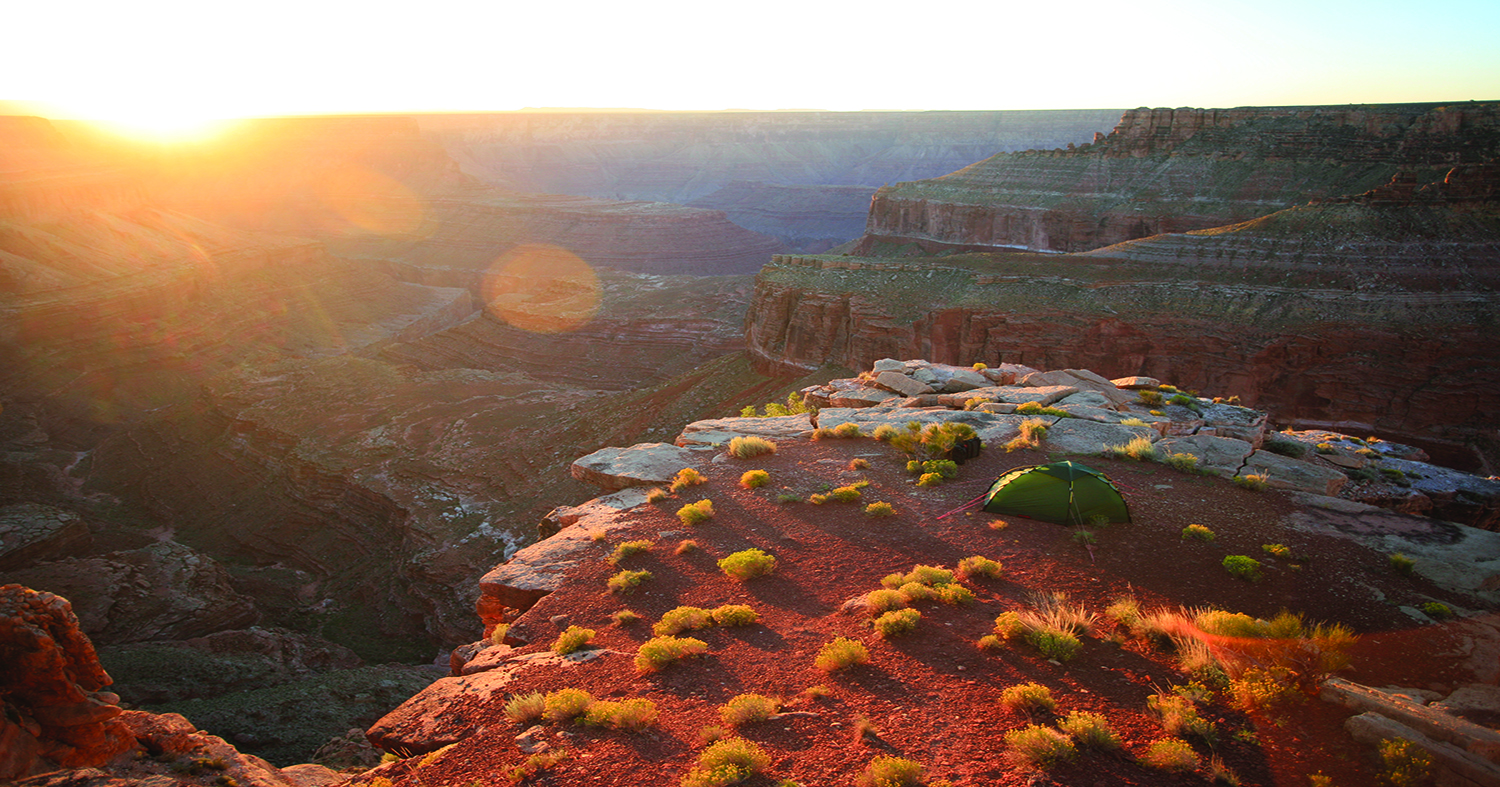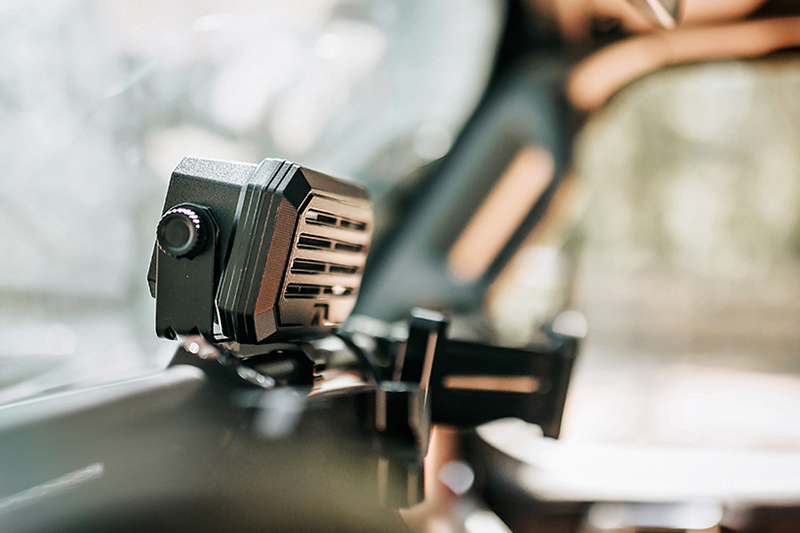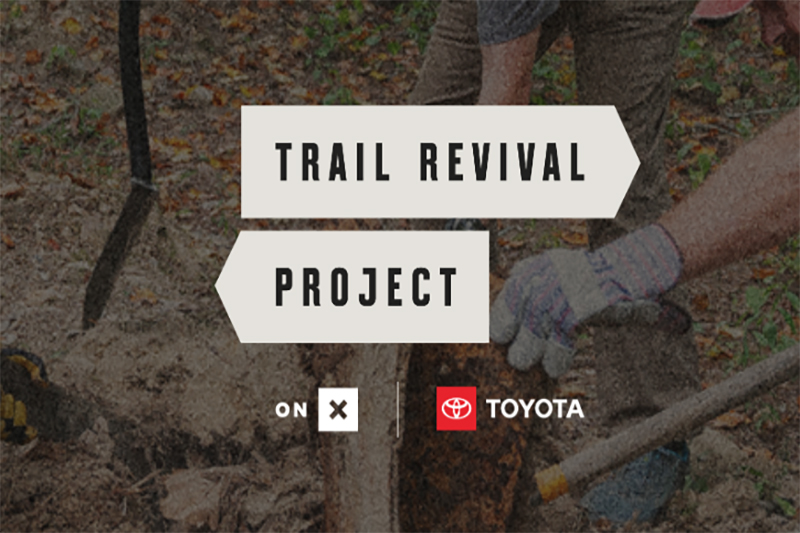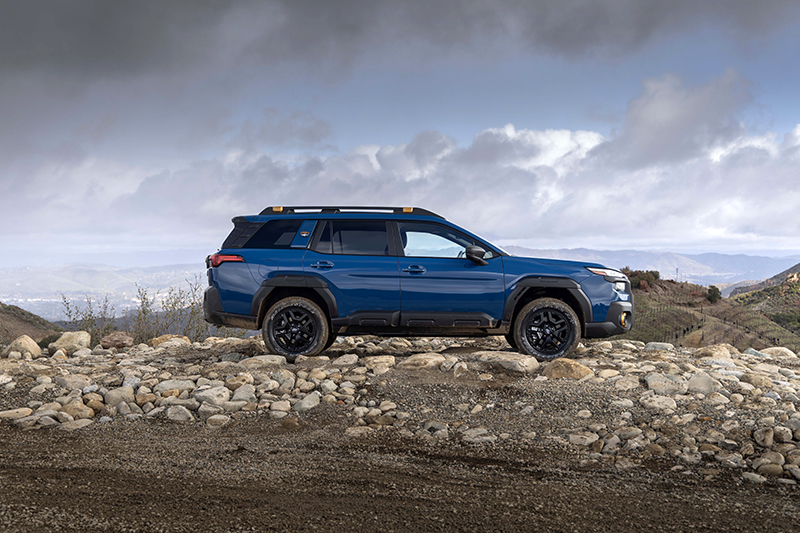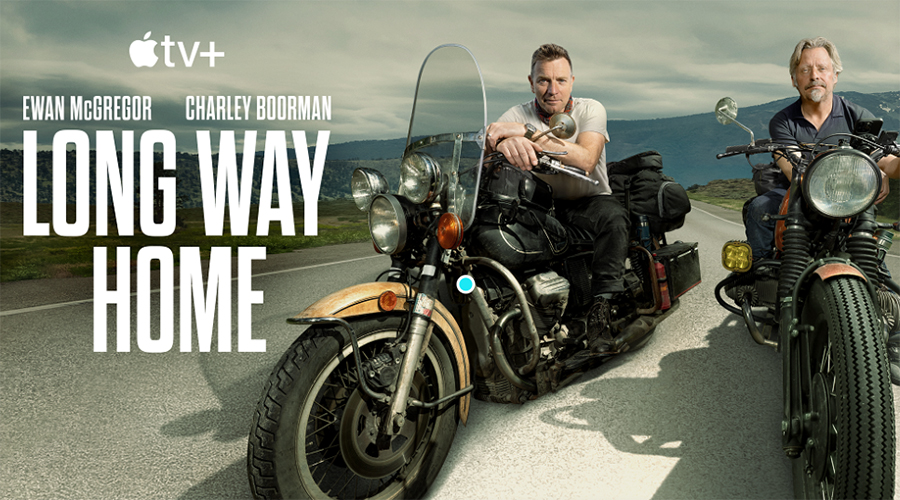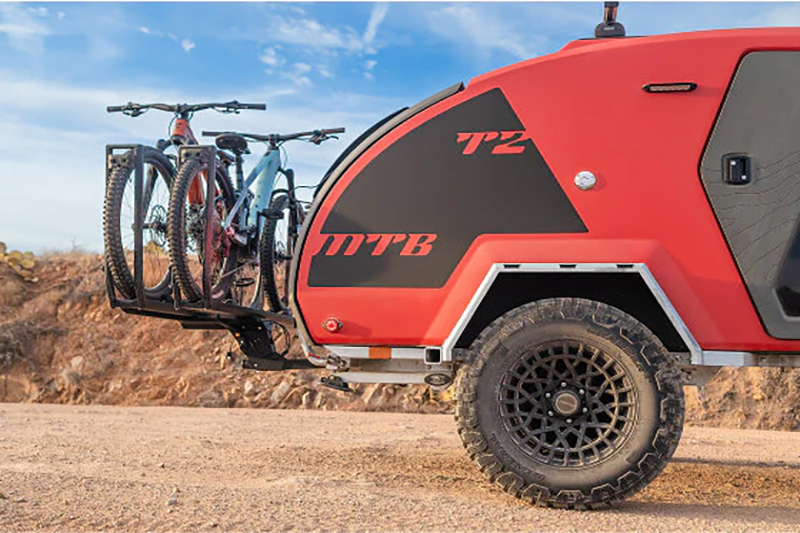Quality camp gear can be expensive at the onset but long-term can provide the best value
I’ve been reviewing outdoor equipment for 30 years now, and using it for a lot longer, in conditions ranging from 115ºF Sonoran Desert summers to Beaufort Sea storms. In a few situations I’ve felt the sharp edge of realization that my life was hanging on the quality of my equipment—lost in a winter storm skiing the North Rim of the Grand Canyon, caught seven miles offshore in a sea kayak in a Sea of Cortez chubasco—but in the overwhelming majority of circumstances it’s only been comfort, or the lack thereof, that has been affected by the gear I was using.
Nevertheless, in that time I’ve become convinced of the near-universal truth of this axiom: The best gear is also the least expensive in the long run. Spend more in the beginning on a quality piece of kit, and it will not only perform better, increasing your comfort (and potentially your safety), it will also last longer, justifying its price over and over. Just one example is the Marmot Gore-Tex Grouse goose down sleeping bag I bought in 1983. Scandalously expensive at the time on a penurious college-student budget, it has since seen untold nights of use, and has lost, as best I can estimate, perhaps a quarter inch of loft. I could go on with many other examples.
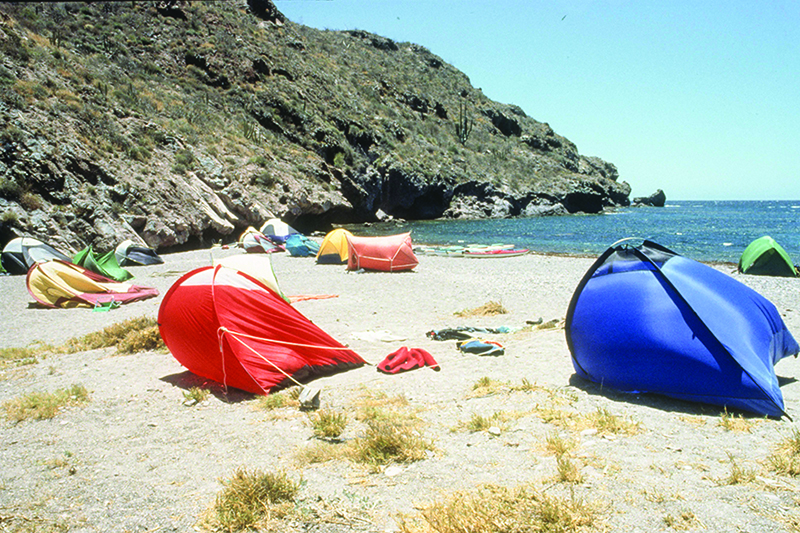
This is what a moderate breeze can do to a bunch of cheap tents. Note the green Timberline on the right, and the white Sierra Designs dome in back, standing up just fine.
Okay, as I’ve been admonished many times, that’s fine in theory. But what if one simply does not have, say, $500 to spend on a sleeping bag, or $200 on a stove, or $50 on a double-wall titanium coffee cup? Am I suggesting that person stay home?
Not at all. My overriding goal in being in this business is to get people out exploring. One can only truly appreciate something if it is experienced in person, and if we are to preserve the most beautiful parts of our country and the world, we need people there seeing those parts and developing a bond of stewardship.
Thus when I offer equipment advice to those just starting out or looking at replacing worn-out gear, and who are on a budget, I emphasize a strategy of priority. There are areas where economizing can be done without much compromise in comfort, and others where compromising would be foolish. Here are my ideas of where you should and shouldn’t economize.
Tent: This is the big one. While traveling and camping your tent is your home—your last line of defense against rain, snow, wind, and bugs. You can survive with a cheap sleeping bag, but if your $39.95 dome tent leaks in a shower, or collapses in a breeze, the best sleeping bag in the world won’t keep you comfortable—or safe. Buy the best tent you can afford, and care for it well. (For an in-depth look at how to choose a good tent, go to overlandtechandtravel.com and search.)
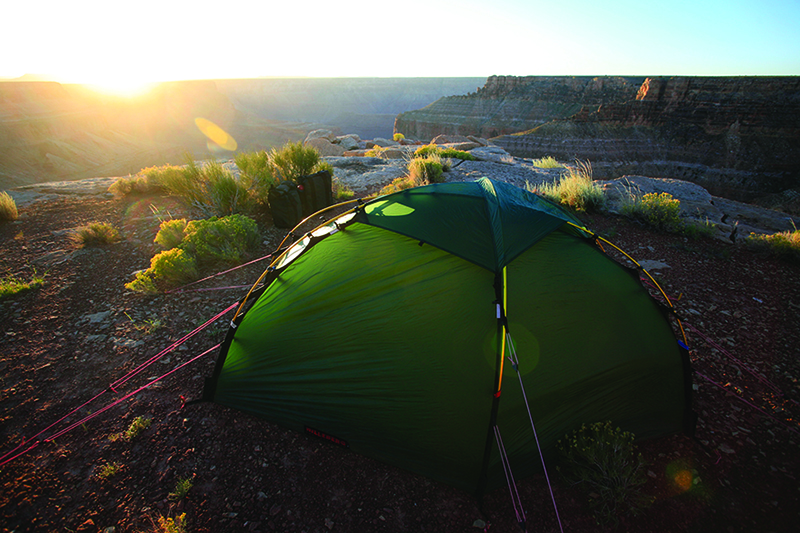
Don’t economize on your tent. Katabatic Grand Canyon gusts just rolled off this superb Hilleberg Soulo.
Sleeping Bag: I own a beautiful Western Mountaineering Sycamore MF sleeping bag stuffed with superb 850-plus fill-power goose down. It’s spacious, has a waterproof shell, is rated to 25ºF, and weighs barely two pounds. It cost $460, and I fully expect it to last the rest of my life. Yet, quite frankly, the $55 synthetic-fill Blue Jay bag from Wenzel, rated to the same temperature, would be just as warm. No, it won’t last as long, and it weighs over five pounds, which would be an issue if you’re motorcycling or backpacking, but for tossing in the back of the Tacoma, it’ll work just fine.
Sleeping Pad: Yes, that $130 Therm-a-rest LuxuryMap inflatable mattress is a dream to sleep on. But for about $70 you can buy a queen-size three-inch-thick memory foam pad on eBay and cut two 30-inch wide sleeping pads from it.
Stove: Connoisseurs of outdoor cooking swear by the dual-burner Partner Steel stoves, made to survive professional river guide abuse and stout enough to be employed secondarily as a tire ramp for working under your vehicle. But in my FJ40 I keep a single-burner Stansport propane stove that cost me $12.50 ten years ago and is still going strong.
Camp Chair: No matter how active you are, you’ll spend a lot of time in camp sitting. Do yourself a favor and skip the $12.99 specials; I’ve lost count of the broken ones I’ve encountered. Look at the American Camp Chair Ranger (featured in Issue 10 of OutdoorX4), the cunning Kermit Chair, the GCI Pico, or the Helinox Camp Chair.
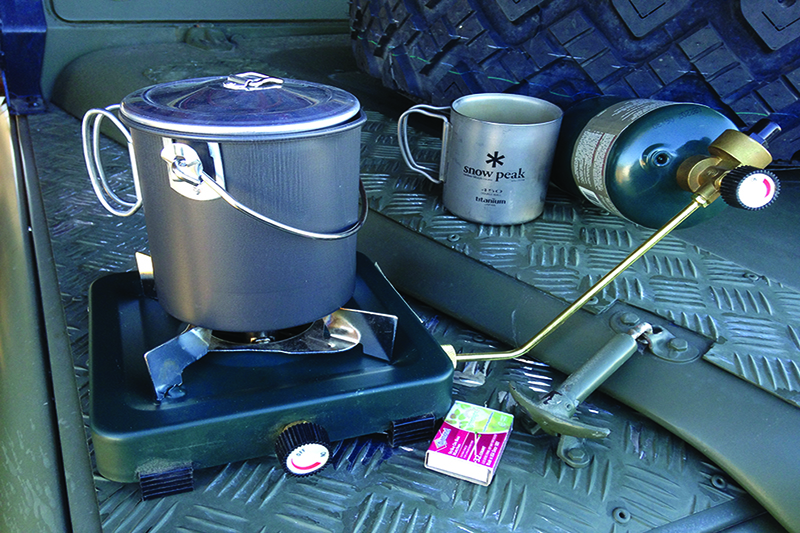
$12.50 Stansport stove—bargain. $50 Snow Peak double-wall titanium mug—you decide.
Coffee Cup: Motorcycling? Go for that titanium model. Driving a truck? If you spent more than $10 you’re just showing off.
OutdoorX4 Magazine – Promoting responsible vehicle-based adventure travel and outdoors adventure


